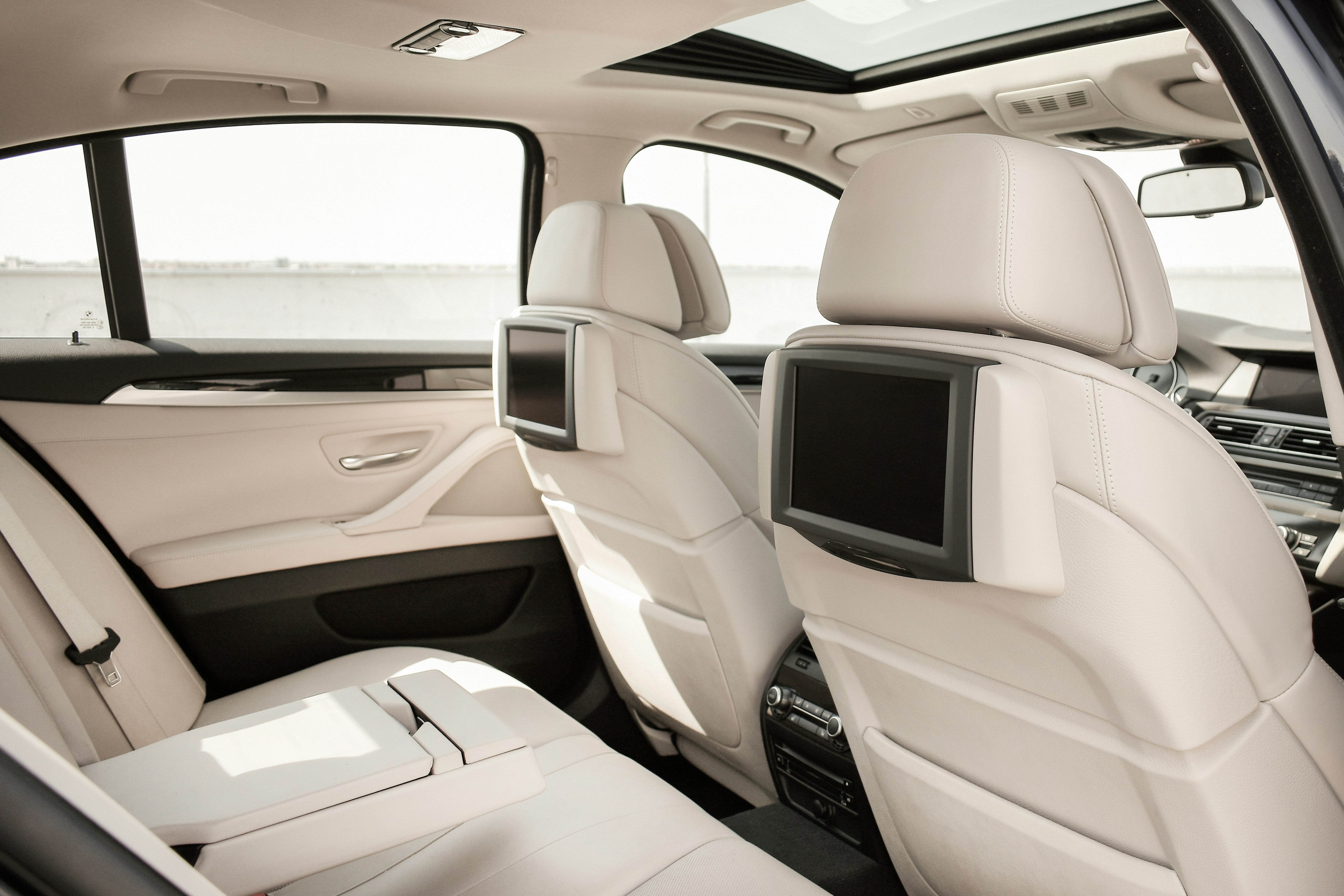You’ve probably noticed the option to add sound deadening when upgrading your Bavsound Stage 1 speaker package. But what is it, how does it work, and why should you care? Let’s break it down.
1. What sound deadening is (and what it isn’t)
At its core, sound deadening is a dense, adhesive-backed layer—typically aluminum-faced butyl or similar—that we adhere to things like door panels and kick plates. Its main job is to absorb and disperse unwanted resonance, so your speakers’ energy is focused outward into your interiors rather than making panels vibrate like drums. That means cleaner mids and mids‑bass, with fewer distortions or rattles creeping into your sound system. (bavsound.com)
2. Why it works so well
-
Added mass = less panel flex and resonance.
-
Heat absorption: It breaks up vibration energy and keeps panels rock-solid.
-
Rattle prevention: It tames any annoying buzz from your doors or kick areas.
The result? Dialed-in vocals, punchier bass, and a cleaner, more immersive listening experience.
3. How we install it (and you can DIY, too!)
-
Cut into manageable pieces (about 4″ × 6″ works great).
-
Warm it up with a heat gun—or yes, a hair dryer—so the adhesive gets tacky and the material bends easily around curves.
-
Start around the speaker mount (that’s where resonance is worst), then smooth it outward.
-
Press firmly to ensure solid adhesion and eliminate air pockets.
Most of the material goes on front doors, since they house the mid-bass drivers. Rear deck panels usually don’t need extra treatment—most cars already have some built-in insulation. (bavsound.com)
4. What’s changed since 2009?
-
Better materials: Modern sound deadening products (like Dynamat) are lighter and more efficient.
-
Advanced application techniques: We now use thermal rollers after heating to maximize adhesion and reduce thickness.
-
Expanded coverage: It’s common to treat not just doors, but trunks, roof panels, and rear decks for a full-system, “concert-hall” vibe.
-
Engineered placements: Installation is now data-driven—targeting mid-bass panels, floorboards, and structural weak spots for optimal performance.
5. Introducing Dynamat: Our trusted partner
At Bavsound, we’ve teamed up with Dynamat, one of the industry’s top-tier options in sound deadening. Why? Because:
-
✅ High damping efficiency
-
✅ Consistent adhesive reliability
-
✅ Temperature stability inside vehicles
-
✅ Easy to cut and conform, yet durable long-term
Using Dynamat means you get premium results: crisper sound, tighter bass, and fewer side noises. It’s our go-to choice for anyone serious about their in-car audio experience.
6. In a nutshell
Sound deadening is the unsung hero of great audio—it keeps your panels silent, so the speakers can sing at their best. With modern materials like Dynamat and current installation best practices, the impact is dramatic.
Whether you're upgrading your car's sound or just curious, this is a must-have step toward ultra-clean, full-bodied music performance.
✅ Quick Tips
-
Hit up the front doors first—that’s your sound sweet spot.
-
Use a heat source + firm pressing or a roller for flawless adhesion.
-
Consider treating additional panels (trunk, roof, floor) if you're going for audiophile-grade quiet.
-
And always—trust Bavsound + Dynamat: we install only the best for lasting sound quality.




Share:
5 Signs Your BMW's Sound System Needs an Upgrade | Bavsound
BMW Warranty & Audio Upgrades: What You Really Need to Know